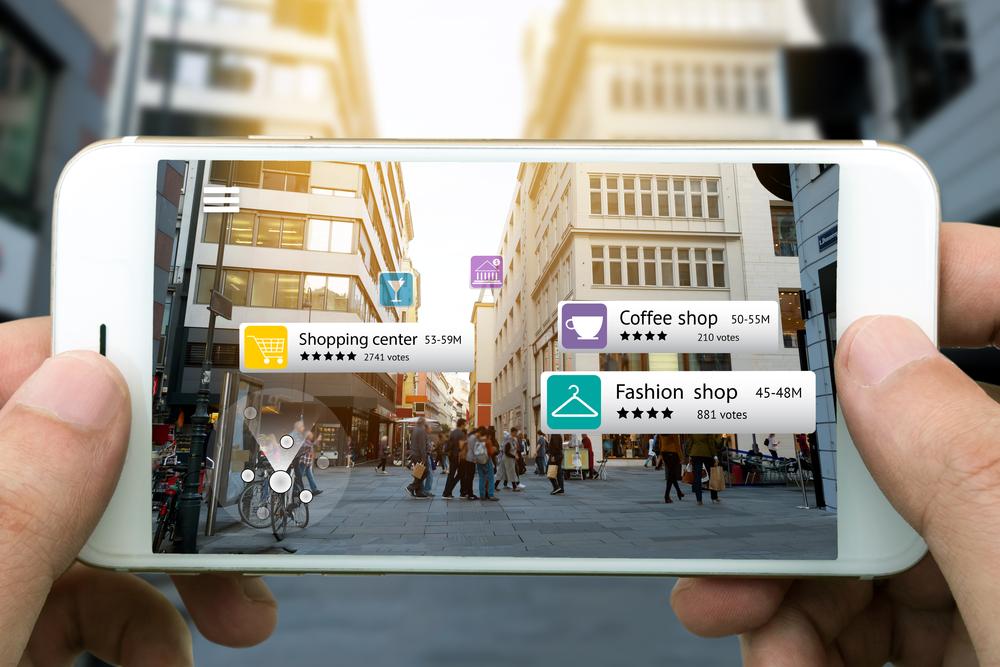
What Role will Augmented Reality Play in Helping Blind and Low-Vision people "See"?
Technology is an amazing thing and the advances it’s made in recent years are truly incredible. Many of these technological advances have included conveniences, while others are based purely on fun. The most incredible and wonderful, however, are those that have helped less-abled people have access to things, places, and abilities they could never have dreamt of even a few short years ago.
The new uses for augmented reality glasses that are being introduced are a perfect example of this. These glasses use impressive technology to help individuals with low or no vision “see” the world around them.
The best part is that more than one company is working on using augmented reality to help those with vision loss. This means that as we’re seeing multiple solutions roll out, the more options a person has and the more likely they are to find something that works for them.
Here are some of the most exciting options we’ve seen so far.
OxSight
For people with glaucoma, diabetes, retinitis pigmentosa, and/or other degenerative eye diseases, OxSight glasses might just be the answer. This amazing tool can be customized with the user’s prescription lenses. It then offers a variety of viewing options through the use of a live video feed.
For instance, there’s a color feed that outlines objects in white, making them easier to see. There’s also a black and white feed, a super color enhancement feed, a high contrast feed, and a feed specifically for reading text.
Each of these is helpful in a specific situation and helps ensure the wearer will always have the best view possible.
Aira
Perhaps the most helpful option on this list for those who have very, very little or no vision at all, Aira is a super interesting concept. The Aira glasses actually send a live-streaming video feed to a sighted person who can then communicate with the wearer, letting them know about their surroundings by notifying them of upcoming obstacles and relaying important information. Users can even ask for specific information, making their day-to-day lives much easier.
Vivid Vision
Vivid Vision is a bit different in that it’s actually a form of therapy that’s used to treat those with exotropia rather than a tool to be used indefinitely.
The therapy involves a pair of augmented reality smart glasses which play a specific program that helps the user train their eyes to work together. This improves depth perception and helps the user’s brain create the three-dimensional world most of us take for granted.
The glasses are not worn daily and once the end goal is met, the glasses can be put away for good. Obviously, the Vivid Vision program is a miracle for those who suffer from exotropia and similar conditions.
NuEyes
The NuEyes company uses smart glasses to help those with macular degeneration as well as people with a variety of other visual impairments see once again by magnifying the world around them.
The glasses display a live video feed which can be magnified using a simple voice command. This means that those who once had to use bulky magnifying devices to do simple things such as reading can see things clearly whenever and wherever they need to.
IrisVision
IrisVision glasses are very much like OxSight. However, they’re also worth mentioning in case a person is looking for an alternative. Like the OxSight product, these glasses offer a variety of viewing options that enhance contrast and help certain items pop. Also, like the OxSight option, IrishVision glasses are perfect for those with vision problems caused by glaucoma, diabetes, retinitis pigmentosa, and other degenerative eye diseases.
As you can see, augmented reality technology is good for much more than just gaming. Hopefully, we will continue to see the technology improve, bringing sight to those who may have been convinced they’d never see clearly again.
 Skip to main content
Skip to main content
